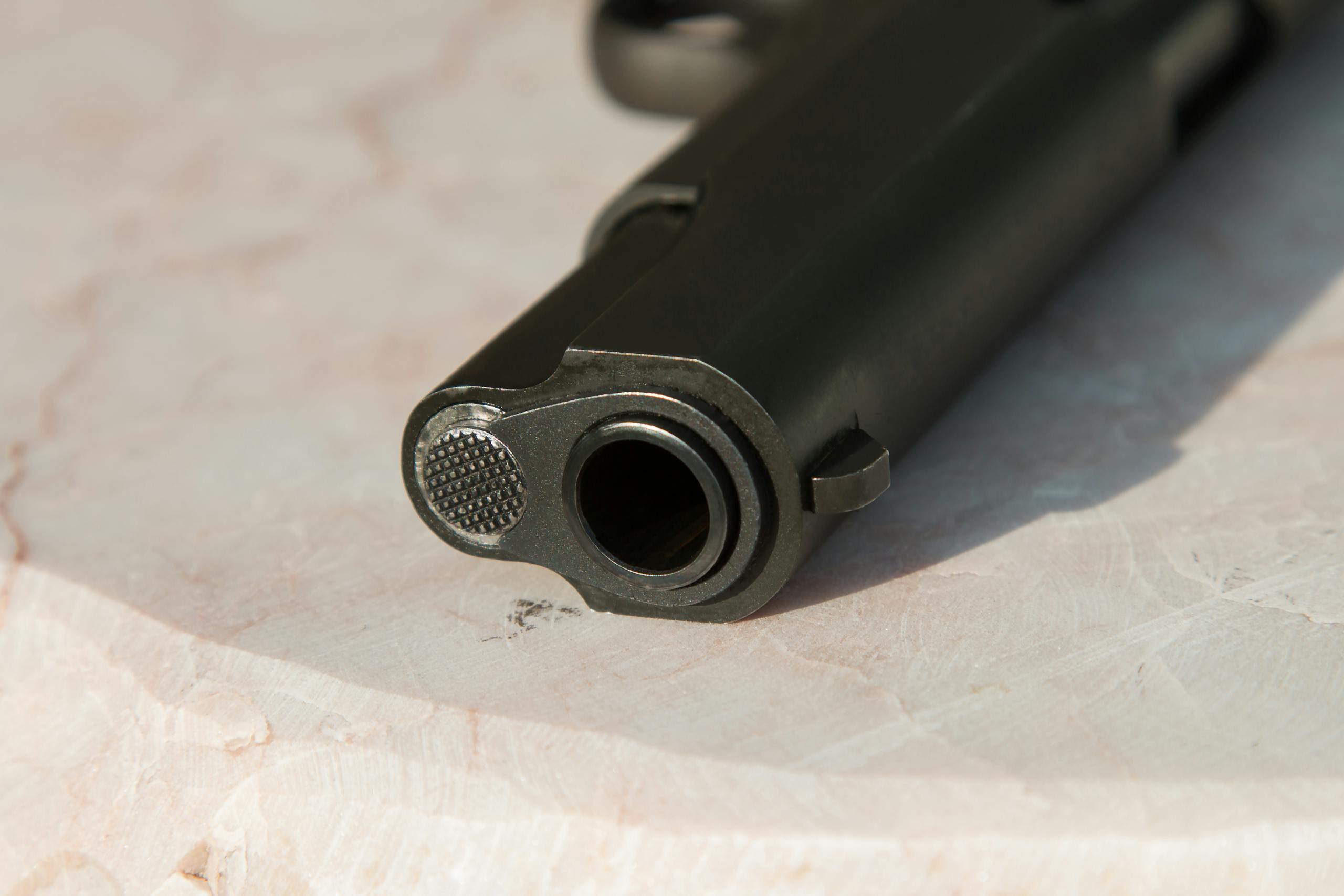Florida Teens Carrying Handguns Soaring, This Isn’t a Drill
Alani “Anime” Garres
TMP Intern Mockitor
Intern, Youth Culture & Commentary
Gun hormones are trending—and not in a good way. Florida teen handgun carrying jumped from 3.7% to 6% in 20 years, with middle schoolers and girls leading the charge. Here’s where the worries start—and how we could actually help.

TALLAHASSEE — According to recent data published in Pediatrics, 6% of Florida middle and high school students reported carrying a handgun in 2022, sharp jump from 3.7% in 2002. That’s a 65% increase in two decades.
Here’s the twisted twisty bit: this spike is largely driven by girls and younger kids, middle schoolers included. Meanwhile, carrying a gun inside schools dipped from 1.1% down to 0.4% . But fewer guns in hallways doesn’t erase the fact that more teens are packing heat outside school walls.
Why This Is Not Okay, Y’all
- Access starts at home. Data shows most teens who end up with guns find them through household members—and Florida’s own CAP (Child Access Prevention) laws, making negligent storage a felony, should be grabbing more headlines.
- Fear is fueling up. Experts in Hillsborough County say many teens feel unsafe, so they carry “for protection.” But when safety feels like a hostage, the real solutions need to be real.
- Gun deaths are sky‑high. Firearms are now the leading death cause for U.S. kids, with nonfatal firearm injuries surging over 100% between 2011–2021.
Time to Actually Do Something (Not Just Talk)
1. Lock it down (literally).
CAP laws are proven to reduce accidental shootings and youth suicide by up to 23%. Florida parents: lock up, unload, and advocate for stricter enforcement.
2. Normalize the tough convo.
Experts like Freddy Barton stress that early, real talks about guns save lives. Not “Don’t do that.” More like, “Let’s unpack why you feel you need that.”
3. Boost school resources outward.
Carrying outside school suggests teens feel unsafe before they even walk in. Let’s invest not just in metal detectors, but mental-health counselors, trustworthy adults, after-school clubs, safe routes, and neighborhood mentors.
4. Start earlier than middle school.
The rise among younger schoolers should have us teaching gun safety, emotional regulation, and conflict resolution in elementary school. Bury it before it digs in.
5. Track, report, and adapt.
We need yearly student surveys on safety and risk perception, not one-off studies. Transparent data means meaningful change, not policy echo chambers.
Maybe what they need isn’t punishment, it’s proof that someone, somewhere, is actually listening. Maybe we should be less concerned about plastic straws and more concerned about gun access.
Until then, the curve keeps rising. And we keep wondering what it’s going to take to make safety feel less like a fantasy… and more like a right.
The Teen Takeaway
Strapping isn’t empowerment—it’s a symptom. If you’re stressed, anxious, or just feel unsafe, you need more support, not a strap-on. So talk to someone. School counselor, coach, big sibling, or even yourself don’t need heat to feel seen.
Because when middle schoolers start packing heat, maybe the problem isn’t discipline, it’s despair.
TL;DR
- 6% of Florida teens now carry handguns, up 65% since 2002, especially among girls and middle schoolers.
- Gun access often starts at home, CAP laws work, but need muscle.
- Real safety starts with early conversations and community trust, not just gates and guards.
- Let’s swap fear for support, and straps for counseling.
Update:
Parents in central Florida are circulating a new DIY “Gun Safe Starter” guide (lockboxes under $30). Schools in Broward County will pilot “Pop-up Safe Zones,”places where students can cool off, talk, and feel human before the next class bell. It’s a small start, but a step away from 6%.












